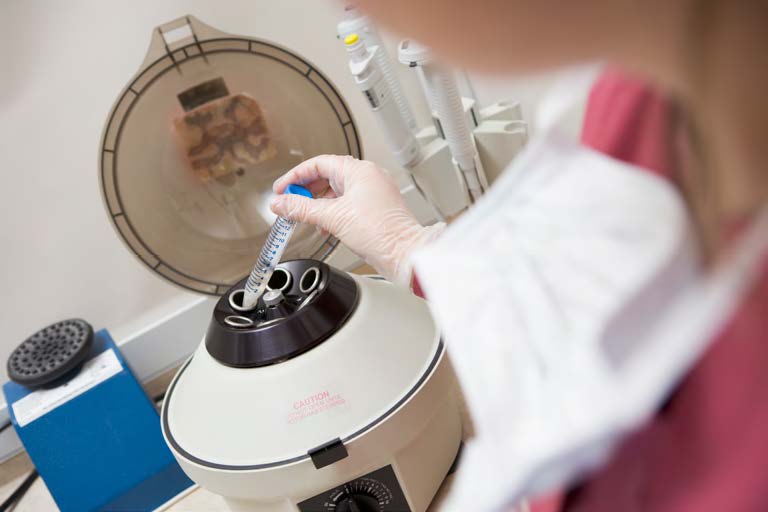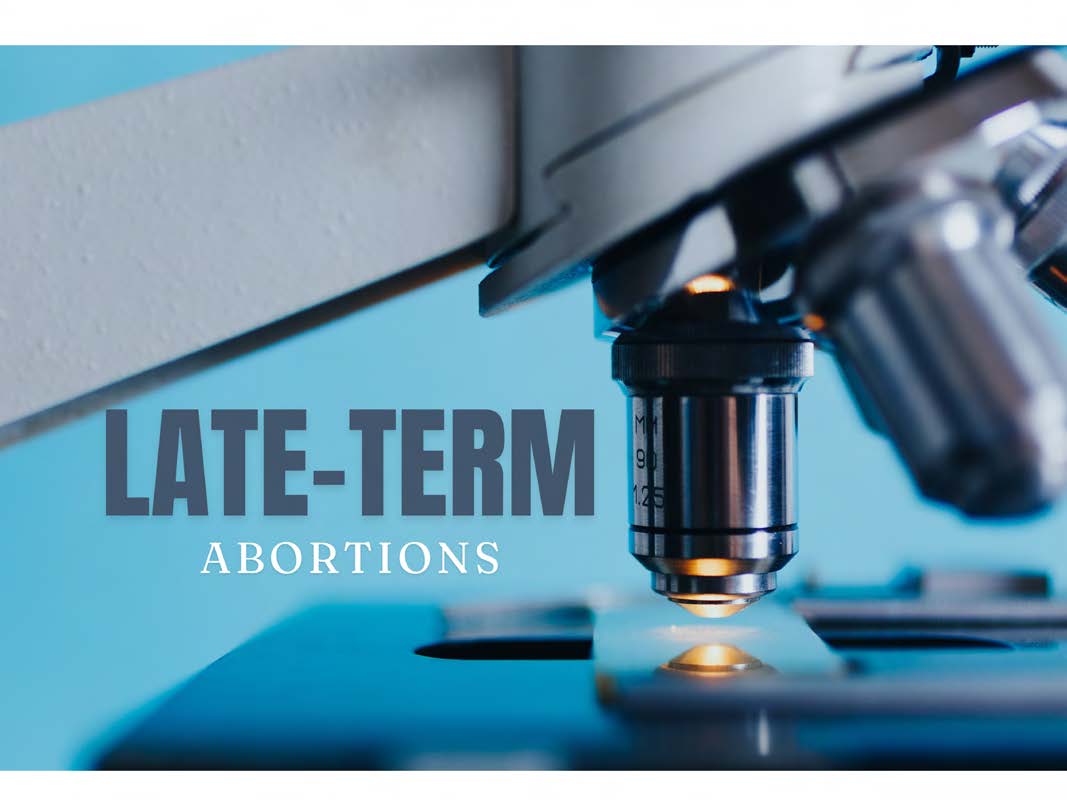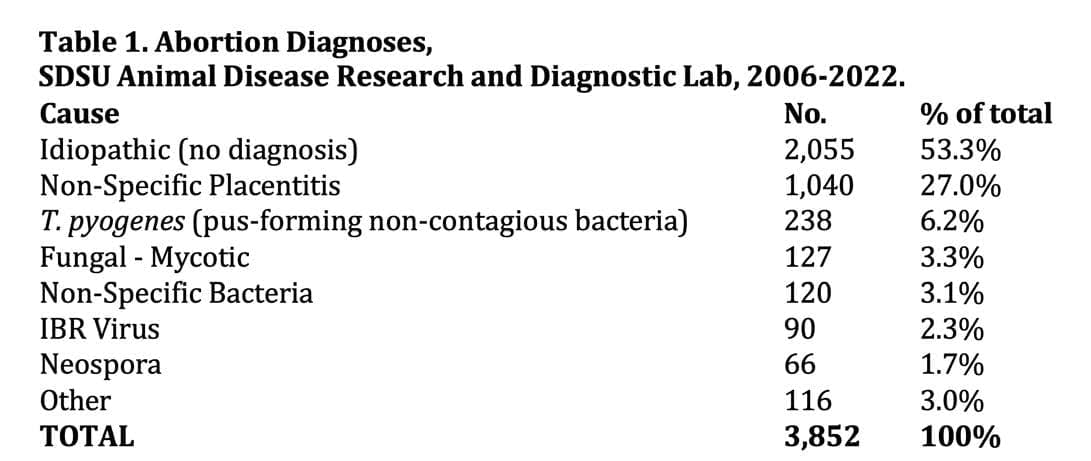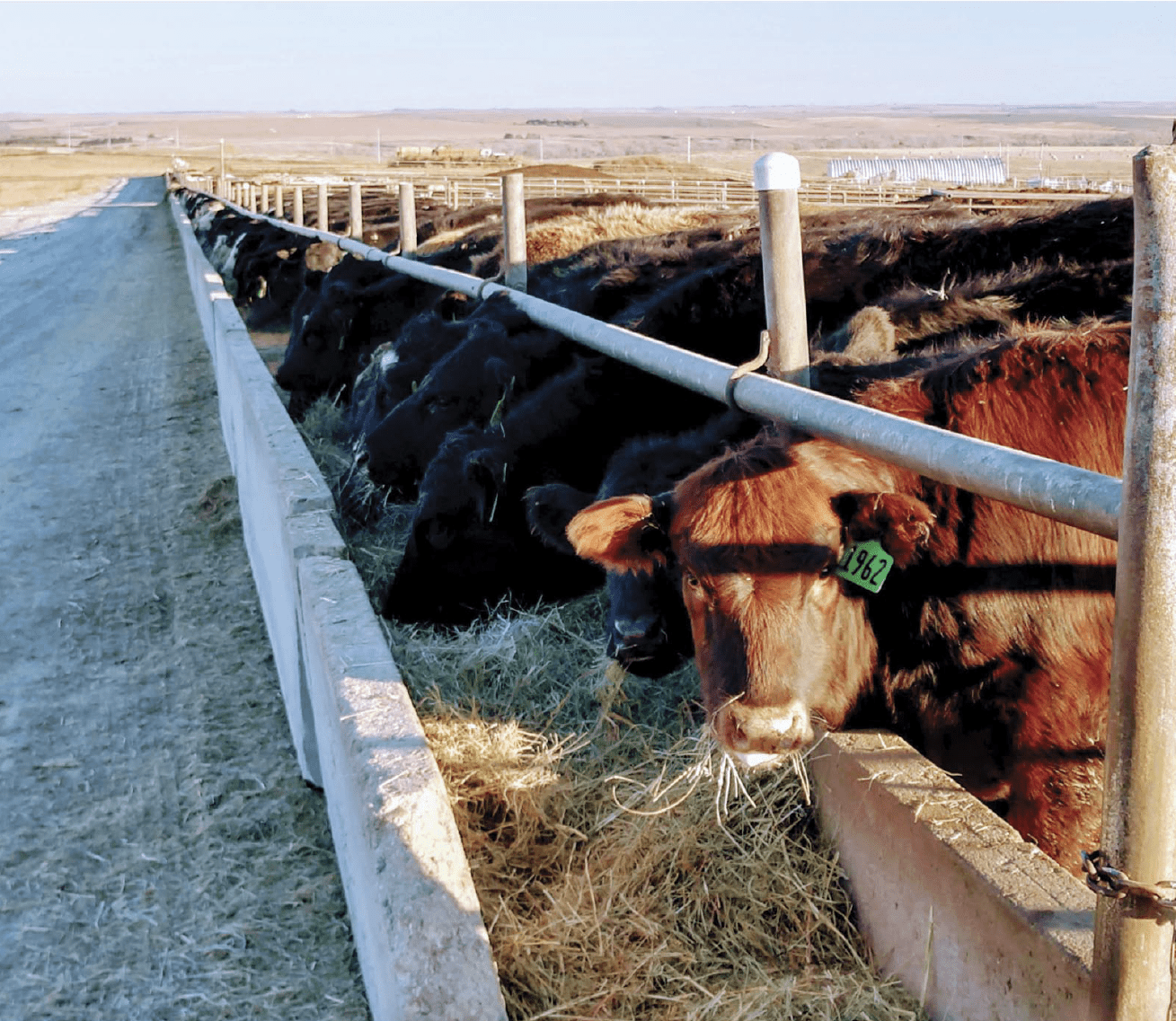


Reproduction drives the success of cow-calf operations.
Reproductive success – in herds using natural breeding as well as those utilizing artificial breeding programs – depends upon a myriad of factors such as nutrition, genetics, and the environment.
Even when all those factors are optimally in place, reproductive failures can occur.
In particular, pregnancy losses, whether occurring early in gestation or later, can have a stark effect on a cow-calf enterprise’s bottom line.
When failures occur, diagnosing the cause can arm operators with information that could be used to prevent such problems from occurring during future breeding seasons.
Perhaps the most dramatic manifestation of bovine reproductive failure is that of abortions (miscarriages) of the late-term (older) fetus.
Most livestock producers expect a certain degree of these abortions or stillbirths.
It is generally accepted that a cattle operation will have 1-2% of “normal” pregnancy loss after several months of gestation.
Once that threshold is observed, producers should consider seeking a diagnosis for the causes of these losses.

Unfortunately, it is often difficult even for veterinary diagnostic laboratories to pinpoint exactly what went wrong when abortions occur.
For example, in over half of bovine abortion cases submitted to the SDSU Animal Disease Research and Diagnostic Laboratory from 2006- 2022, no abnormalities were detected (Table 1), a phenomenon shared by other labs across the country.
There are many reasons for this, such as that the infectious agents are often not detectable anymore by the time the fetus is expelled, or stillborn calves were aborted due to abnormal presentation or twin pregnancies.
In the rest of the cases, something abnormal is found (Table 1).
A frequent finding is inflammation in the placenta that may or may not be traced to a specific germ.
The placenta in a pregnant animal is the gateway from the mother’s blood supply (carrying nutrients and oxygen, but possibly bacteria and viruses) to the fetus.
If something affects that critical tissue, then the fetus may become starved from oxygen and die.
When germs are found, they are often more environmental than contagious in nature, and very few cows experience problems.
Lastly, sometimes infectious agents such as IBR, BVD, or leptospirosis are identified, for which effective vaccines are available.

So, what should a cattle producer do when late-term abortions are encountered?
Start with your local veterinarian to discuss the details of your issue and whether there are similar problems in other neighboring herds.
When the number of abortions in a group exceeds one or two, or over 1-2% of the herd, it is generally time to enlist the services of the diagnostic laboratory.
Diagnostic success is improved when appropriate samples are submitted promptly.
While the following recommendations are likely sufficient for most veterinary diagnostic laboratories, your veterinarian should confirm these with the lab they use.
When possible, the entire fetus and placenta – chilled but not frozen – is the most desirable specimen.
The placenta is of particular importance and should be included whenever possible.
Significant microscopic changes and germ identification often stem from examining the placenta.
If it is not possible to submit the whole fetus, samples including the heart, lung, liver, kidney, spleen, brain, skeletal muscle (tongue or diaphragm), fetal stomach fluid and fetal thoracic fluid or heart blood should be collected and sent.

It is also important to discuss with the veterinarian information pertinent to your herd and its losses so that can be shared with the laboratory as well. This information includes:
Based on the results, your veterinarian will follow up and advise you on potential herd management changes.
If an environmental cause such as mold is identified, examining feed sources will help determine what feeds are contaminated.
In addition, if infectious agents are found, implementing a sound pre-breeding vaccination program for next year’s heifers is a must, Cow vaccine boosters to prevent early and late-term abortions should also be considered.
With reproduction, focusing on what we can control and diagnose is the key to helping avoid late-term pregnancy losses within our herds.
For more information on reproductive losses, your local veterinarian is an important source of information, as well as extension and laboratory
veterinarians in your state.
 Russ Daly, DVM, MS, DACVPM (Epidemiology), is the Extension Veterinarian and a Professor in the Veterinary and Biomedical Sciences Department at South Dakota State University in Brookings, SD, and State Public Health Veterinarian for the South Dakota Department of Health. Dr. Daly practiced for 15 years and was a partner in a mixed-animal veterinary practice in Montrose, SD, before joining the faculty at SDSU. The connections formed by Dr. Daly’s varied set of responsibilities – disseminating animal health information (gained through communications with practitioners, extension professionals, and laboratory diagnosticians), serving the public health community as a resource for zoonotic disease issues, organizing veterinary continuing education, and teaching undergraduate, professional, and graduate students – allow him to uniquely serve professionals and citizens as a resource on animal and public health issues in South Dakota.
Russ Daly, DVM, MS, DACVPM (Epidemiology), is the Extension Veterinarian and a Professor in the Veterinary and Biomedical Sciences Department at South Dakota State University in Brookings, SD, and State Public Health Veterinarian for the South Dakota Department of Health. Dr. Daly practiced for 15 years and was a partner in a mixed-animal veterinary practice in Montrose, SD, before joining the faculty at SDSU. The connections formed by Dr. Daly’s varied set of responsibilities – disseminating animal health information (gained through communications with practitioners, extension professionals, and laboratory diagnosticians), serving the public health community as a resource for zoonotic disease issues, organizing veterinary continuing education, and teaching undergraduate, professional, and graduate students – allow him to uniquely serve professionals and citizens as a resource on animal and public health issues in South Dakota.
Get all Doc Talk episodes straight to your email inbox!